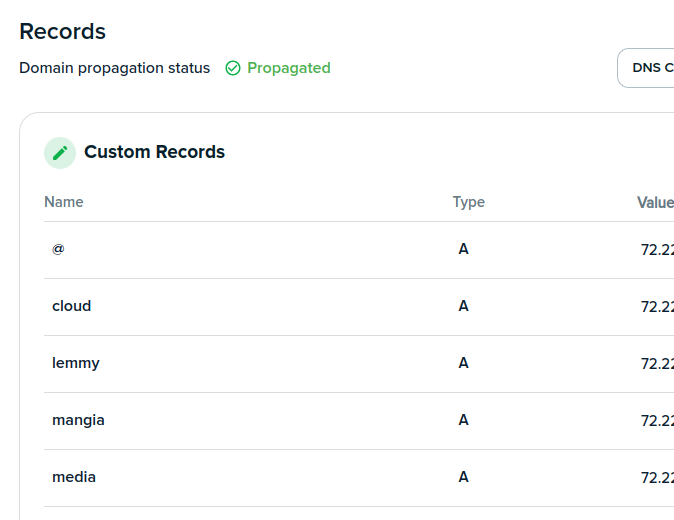Just know he’s someone who wants you to eat his entire ass.
- 0 Posts
- 51 Comments

 3·4 days ago
3·4 days agoI can already picture that as an Onion headline:
New York Renames State to ‘WokeVille’. NYC to follow.

 6·2 months ago
6·2 months agoI think CGPGrey was the one that said even the top 10 largest cities would only give 8%. And not all cities go one way. Our city in NY has a lot of Republican support. NYC would have like 40% siphoned off too. Which would cut even more into the majority.

 23·2 months ago
23·2 months agoAnother fun fact. They think getting rid of the electoral college would give NYC the power of the election. It would be 2%. And the entire city would have to vote one way. You’d still need 48% from somewhere else.

 2·2 months ago
2·2 months agoWe have Linux. We just use the in browser app. Works fine.
Part of being a senior developer is knowing when to act. Can you do it? Probably. Is it worth the time and money? No.
I enjoy refactoring and making legacy code better.
The DMR in call of duty years ago. “Here’s a bug with a gun that instakills from 4 miles away that breaks the game dynamics. It’s literally unplayable. Instead we added more features that make us money.”
There’s a udemy course by Maximilian that is only $20 that helped me immensely. Highly recommend.

 135·8 months ago
135·8 months agoInteresting. I actually thought of it as a replacement for Google. With Google search being broken for years it’s the only easy way to get information now.
I use a Java backend with a React frontend at work. It works fine with us and it’s not going anywhere anytime soon.
Oh good as long as it’s only a recent update.
What. Da fuck. This always existed?!
That’s why I’ve been using Emby. Works just fine for free.

 2·1 year ago
2·1 year agoI only use it for reverse proxies. I still find Apache easier for web serving, but terrible for setting up reverse proxies. So I use the advantages of each one.

 3·1 year ago
3·1 year agoI updated my comment above with some more details now that I’m not on lunch.

 1·1 year ago
1·1 year agoReverse proxy is actually super easy with nginx. I have an nginx server at the front of my server doing the reverse proxy and an Apache server hosting some of those applications being proxied.
Basically 3 main steps:
-
Setup up the DNS with your hoster for each subdomain.
-
Setup your router to port forward for each port.
-
Setup nginx to do the proxy from each subdomain to each port.
DreamHost let’s me manage all the records I want. I point them to the same IP as my server:

This is my config file:
server { listen 80; listen [::]:80; server_name photos.my_website_domain.net; location / { proxy_pass http://127.0.0.1:2342; include proxy_params; } } server { listen 80; listen [::]:80; server_name media.my_website_domain.net; location / { proxy_pass http://127.0.0.1:8096; include proxy_params; } }And then I have dockers running on those ports.
root@website:~$ sudo docker ps CONTAINER ID IMAGE COMMAND CREATED STATUS PORTS NAMES e18157d11eda photoprism/photoprism:latest "/scripts/entrypoint…" 4 weeks ago Up 4 weeks 0.0.0.0:2342->2342/tcp, :::2342->2342/tcp, 2442-2443/tcp photoprism-photoprism-1 b44e8a6fbc01 mariadb:11 "docker-entrypoint.s…" 4 weeks ago Up 4 weeks 3306/tcp photoprism-mariadb-1So if you go to photos.my_website_domain.net that will navigate the user to my_website_domain.net first. My nginx server will kick in and see you want the ‘photos’ path, and reroute you to basically http://my_website_domain.net:2342. My PhotoPrism server. So you could do http://my_website_domain.net:2342 or http://photos.my_website_domain.net. Either one works. The reverse proxy does the shortcut.
Hope that helps!
-

 3·1 year ago
3·1 year agoOff-site backups that are still local is brilliant.



You did not get the 30 Rock quote I see.